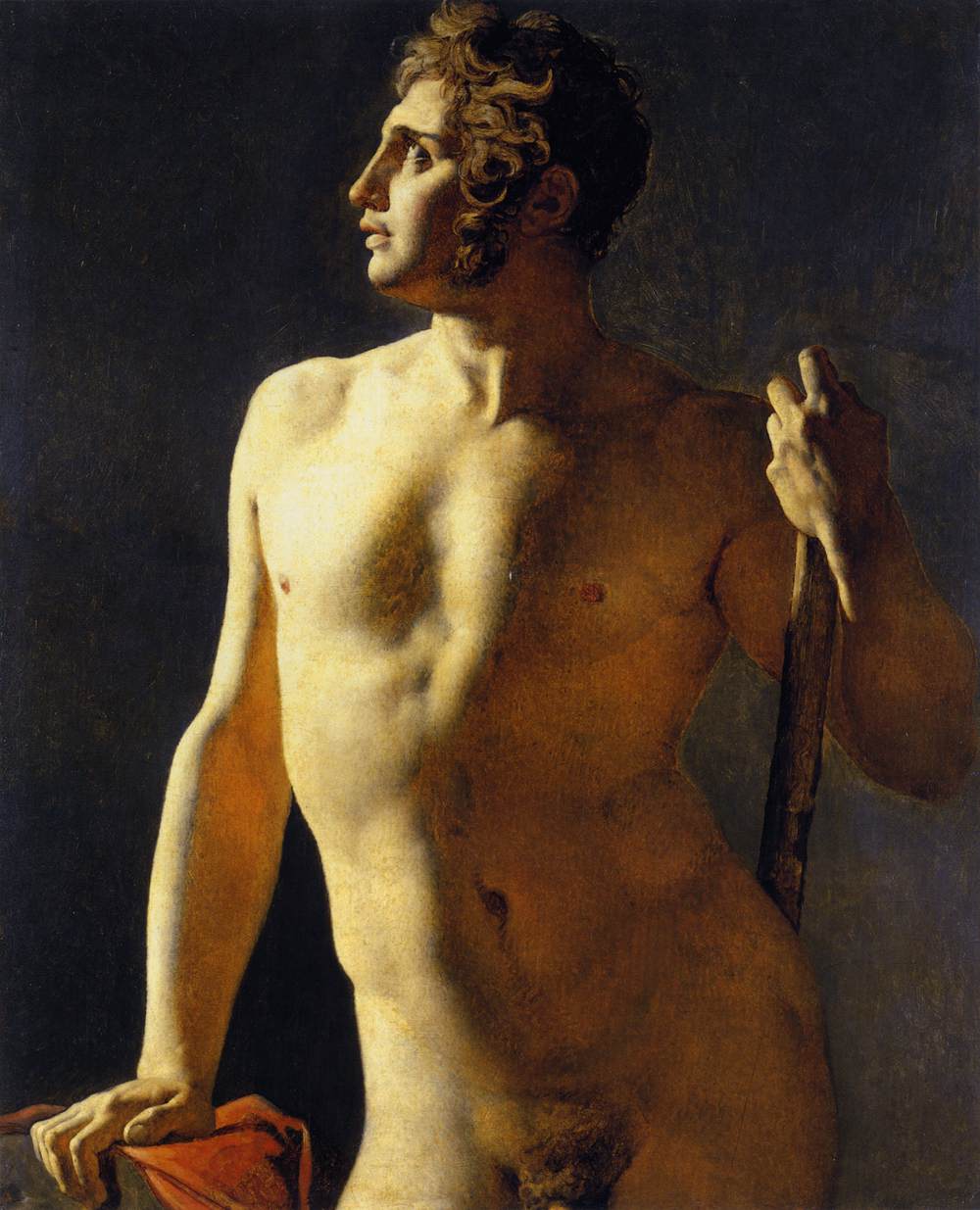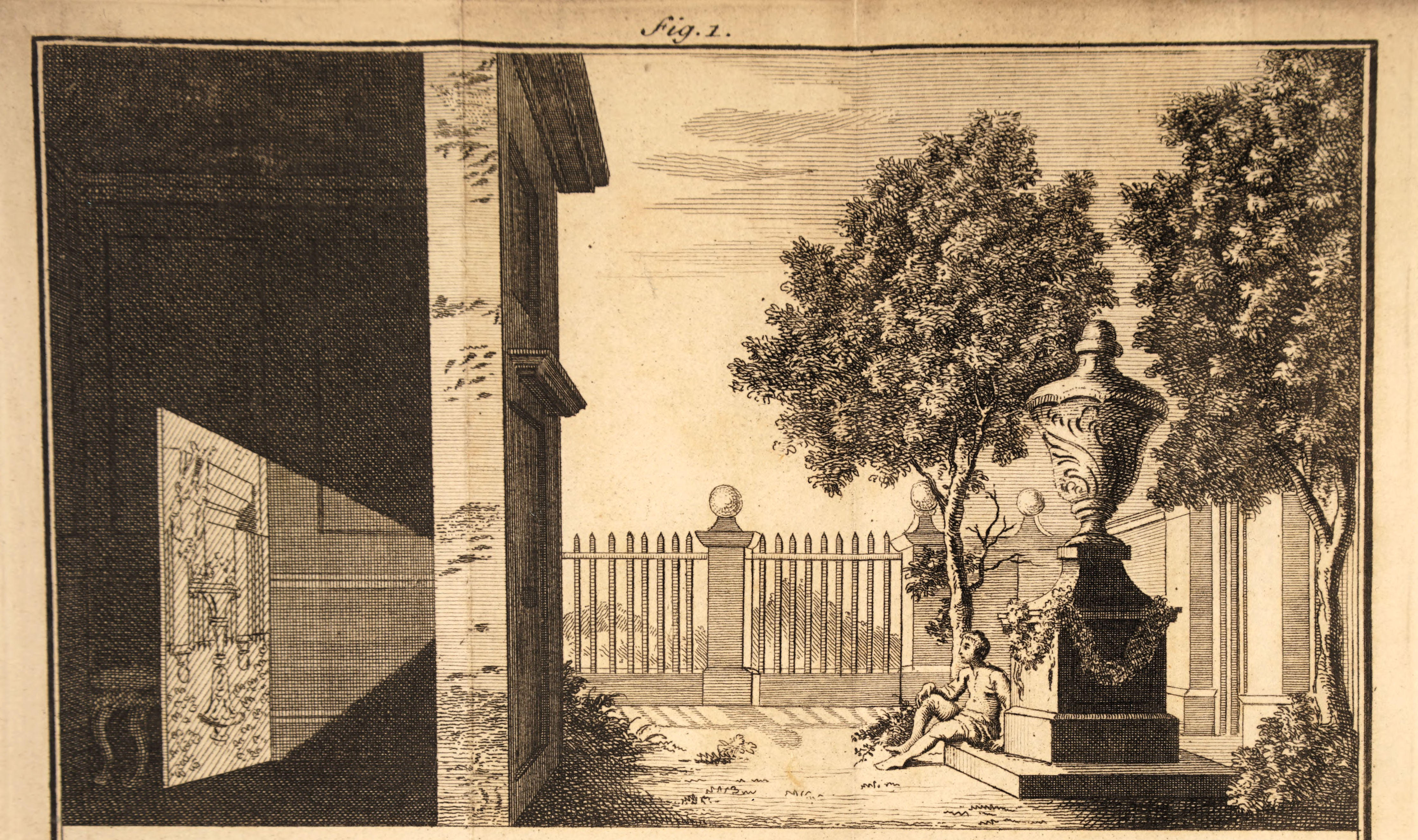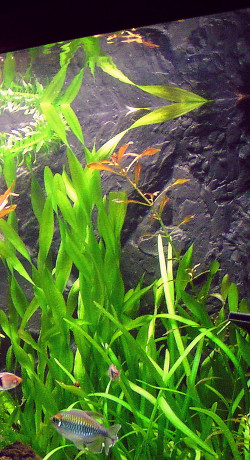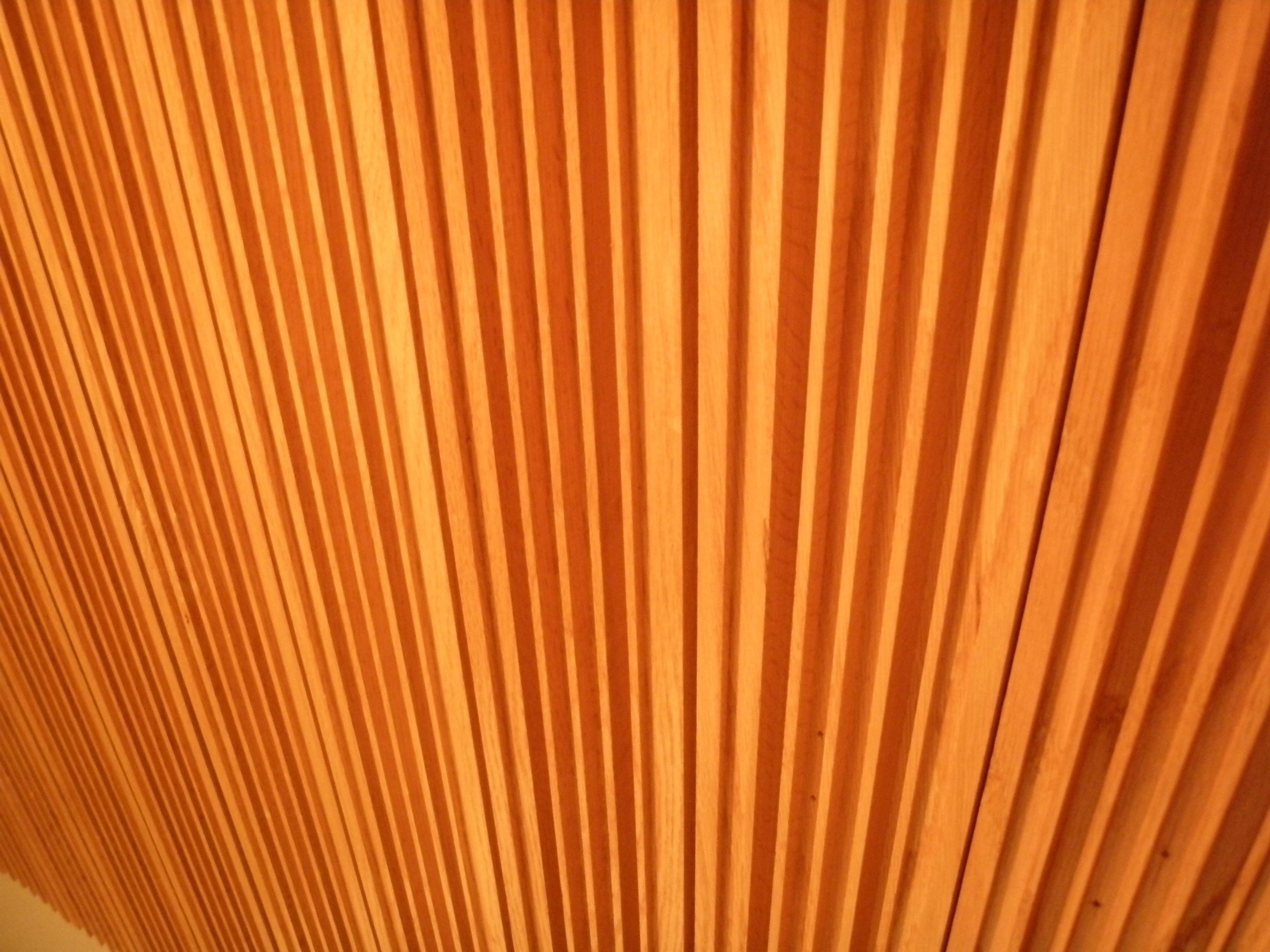|
Camera Lucida
A ''camera lucida'' is an optical device used as a drawing aid by artists and microscopy, microscopists. It projects an optics, optical superimposition of the subject being viewed onto the surface upon which the artist is drawing. The artist sees both scene and drawing surface simultaneously, as in a photographic double exposure. This allows the artist to duplicate key points of the scene on the drawing surface, thus aiding in the accurate rendering of perspective. History The ''camera lucida'' was patented in 1806 by the English chemist William Hyde Wollaston. The basic optics were described 200 years earlier by the German astronomer Johannes Kepler in his ''Dioptrice'' (1611), but there is no evidence he constructed a working ''camera lucida''. There is also evidence to suggest that the Elizabethan spy Arthur Gregory's 1596 "perspective box" operated on at least highly similar principles to the later ''camera lucida'', but the secretive nature of his work and fear of rivals ... [...More Info...] [...Related Items...] OR: [Wikipedia] [Google] [Baidu] |
Camera Lucida In Use Drawing Small Figurine
A camera is an instrument used to capture and store images and videos, either digitally via an electronic image sensor, or chemically via a light-sensitive material such as photographic film. As a pivotal technology in the fields of photography and videography, cameras have played a significant role in the progression of visual arts, media, entertainment, surveillance, and scientific research. The invention of the camera dates back to the 19th century and has since evolved with advancements in technology, leading to a vast array of types and models in the 21st century. Cameras function through a combination of multiple mechanical components and principles. These include exposure control, which regulates the amount of light reaching the sensor or film; the lens, which focuses the light; the viewfinder, which allows the user to preview the scene; and the film or sensor, which captures the image. Several types of camera exist, each suited to specific uses and offering unique cap ... [...More Info...] [...Related Items...] OR: [Wikipedia] [Google] [Baidu] |
Jean Auguste Dominique Ingres
Jean-Auguste-Dominique Ingres ( ; ; 29 August 1780 – 14 January 1867) was a French Neoclassicism, Neoclassical Painting, painter. Ingres was profoundly influenced by past artistic traditions and aspired to become the guardian of academic orthodoxy against the ascendant Romanticism (art), Romantic style. Although he considered himself a History painting, painter of history in the tradition of Nicolas Poussin and Jacques-Louis David, it is his portraits, both painted and drawn, that are recognized as his greatest legacy. His expressive distortions of form and space made him an important precursor of modern art, influencing Henri Matisse, Pablo Picasso, and other modernists. Born into a modest family in Montauban, he travelled to Paris to study in the studio of Jacques-Louis David, David. In 1802 he made his Paris Salon, Salon debut, and won the for his painting ''The Ambassadors of Agamemnon in the tent of Achilles''. By the time he departed in 1806 for his residency in Ro ... [...More Info...] [...Related Items...] OR: [Wikipedia] [Google] [Baidu] |
Camera Obscura
A camera obscura (; ) is the natural phenomenon in which the rays of light passing through a aperture, small hole into a dark space form an image where they strike a surface, resulting in an inverted (upside down) and reversed (left to right) projector, projection of the view outside. ''Camera obscura'' can also refer to analogous constructions such as a darkened room, box or tent in which an exterior image is projected inside or onto a translucent screen viewed from outside. ''Camera obscuras'' with a lens in the opening have been used since the second half of the 16th century and became popular as aids for drawing and painting. The technology was developed further into the photographic camera in the first half of the 19th century, when ''camera obscura'' boxes were used to exposure (photography), expose photosensitivity, light-sensitive materials to the projected image. The image (or the principle of its projection) of a lensless ''camera obscura'' is also referred to as a " ... [...More Info...] [...Related Items...] OR: [Wikipedia] [Google] [Baidu] |
Illawarra
The Illawarra is a coastal Regions of New South Wales, region in the southeast of the Australian state of New South Wales. It is situated immediately south of Sydney and north of the South Coast, New South Wales, South Coast region. It encompasses the two cities of Wollongong, Shellharbour and the coastal town of Kiama, New South Wales, Kiama. Wollongong is the largest city within the Illawarra with a population of 240,000, followed by Shellharbour with a population of 70,000 and Kiama with a population of 10,000. These three cities have their own suburb (Australia), suburbs. Wollongong stretches from Helensburgh in the north to Windang in the south, with Maddens Plains and Cordeaux in the west. The Illawarra region is characterised by three distinct districts: the north-central district, which is a contiguous urban sprawl centred on Lake Illawarra, the western district defined by the Illawarra escarpment, which leads up to the fringe of Sydney, Greater Metropolitan Sydney incl ... [...More Info...] [...Related Items...] OR: [Wikipedia] [Google] [Baidu] |
Biological Taxonomy
In biology, taxonomy () is the scientific study of naming, defining ( circumscribing) and classifying groups of biological organisms based on shared characteristics. Organisms are grouped into taxa (singular: taxon), and these groups are given a taxonomic rank; groups of a given rank can be aggregated to form a more inclusive group of higher rank, thus creating a taxonomic hierarchy. The principal ranks in modern use are domain, kingdom, phylum (''division'' is sometimes used in botany in place of ''phylum''), class, order, family, genus, and species. The Swedish botanist Carl Linnaeus is regarded as the founder of the current system of taxonomy, having developed a ranked system known as Linnaean taxonomy for categorizing organisms. With advances in the theory, data and analytical technology of biological systematics, the Linnaean system has transformed into a system of modern biological classification intended to reflect the evolutionary relationships among organisms, both liv ... [...More Info...] [...Related Items...] OR: [Wikipedia] [Google] [Baidu] |
Photomicrograph
A micrograph is an image, captured photographically or digitally, taken through a microscope or similar device to show a magnified image of an object. This is opposed to a macrograph or photomacrograph, an image which is also taken on a microscope but is only slightly magnified, usually less than 10 times. Micrography is the practice or art of using microscopes to make photographs. A photographic micrograph is a photomicrograph, and one taken with an electron microscope is an electron micrograph. A micrograph contains extensive details of microstructure. A wealth of information can be obtained from a simple micrograph like behavior of the material under different conditions, the phases found in the system, failure analysis, grain size estimation, elemental analysis and so on. Micrographs are widely used in all fields of microscopy. Types Photomicrograph A light micrograph or photomicrograph is a micrograph prepared using an optical microscope, a process referred to as ''p ... [...More Info...] [...Related Items...] OR: [Wikipedia] [Google] [Baidu] |
Microscope
A microscope () is a laboratory equipment, laboratory instrument used to examine objects that are too small to be seen by the naked eye. Microscopy is the science of investigating small objects and structures using a microscope. Microscopic means being invisible to the eye unless aided by a microscope. There are many types of microscopes, and they may be grouped in different ways. One way is to describe the method an instrument uses to interact with a sample and produce images, either by sending a beam of light or electrons through a sample in its optical path, by detecting fluorescence, photon emissions from a sample, or by scanning across and a short distance from the surface of a sample using a probe. The most common microscope (and the first to be invented) is the optical microscope, which uses lenses to refract visible light that passed through a microtome, thinly sectioned sample to produce an observable image. Other major types of microscopes are the fluorescence micro ... [...More Info...] [...Related Items...] OR: [Wikipedia] [Google] [Baidu] |
Focus (optics)
In geometrical optics, a focus, also called an image point, is a point where ray (optics), light rays originating from a point on the object vergence (optics), converge. Although the focus is conceptually a point, physically the focus has a spatial extent, called the circle of confusion, blur circle. This non-ideal focusing may be caused by optical aberration, aberrations of the imaging optics. Even in the absence of aberrations, the smallest possible blur circle is the Airy disc caused by diffraction from the optical system's aperture; diffraction is the ultimate limit to the light focusing ability of any optical system. Aberrations tend to worsen as the aperture diameter increases, while the Airy circle is smallest for large apertures. An image, or image point or region, is in focus if light from object points is converged almost as much as possible in the image, and defocus aberration, out of focus if light is not well converged. The border between these is sometimes define ... [...More Info...] [...Related Items...] OR: [Wikipedia] [Google] [Baidu] |
Virtual Image
In optics, the ''image'' of an object is defined as the collection of Focus (optics), focus points of Ray (optics), light rays coming from the object. A ''real image'' is the collection of focus points made by Vergence (optics), converging rays, while a virtual image is the collection of focus points made by backward extensions of Beam divergence, diverging rays. In other words, a virtual image is found by tracing real rays that emerge from an optical device (lens, mirror, or some combination) backward to perceived or apparent origins of ray divergences. There is a concept ''virtual object'' that is similarly defined; an object is virtual when forward extensions of rays converge toward it. This is observed in ray tracing for a multi-lenses system or a diverging lens. For the diverging lens, forward extension of converging rays toward the lens will meet the converging point, so the point is a virtual object. For a (refracting) lens, the real image of an object is formed on the ... [...More Info...] [...Related Items...] OR: [Wikipedia] [Google] [Baidu] |
Total Internal Reflection
In physics, total internal reflection (TIR) is the phenomenon in which waves arriving at the interface (boundary) from one medium to another (e.g., from water to air) are not refracted into the second ("external") medium, but completely reflected back into the first ("internal") medium. It occurs when the second medium has a higher wave speed (i.e., lower refractive index) than the first, and the waves are incident at a sufficiently oblique angle on the interface. For example, the water-to-air surface in a typical fish tank, when viewed obliquely from below, reflects the underwater scene like a mirror with no loss of brightness (Fig.1). TIR occurs not only with electromagnetic waves such as light and microwaves, but also with other types of waves, including sound and water waves. If the waves are capable of forming a narrow beam (Fig.2), the reflection tends to be described in terms of " rays" rather than waves; in a medium whose properties are independent of direction, such ... [...More Info...] [...Related Items...] OR: [Wikipedia] [Google] [Baidu] |
Reflection (physics)
Reflection is the change in direction of a wavefront at an interface between two different media so that the wavefront returns into the medium from which it originated. Common examples include the reflection of light, sound and water waves. The ''law of reflection'' says that for specular reflection (for example at a mirror) the angle at which the wave is incident on the surface equals the angle at which it is reflected. In acoustics, reflection causes echoes and is used in sonar. In geology, it is important in the study of seismic waves. Reflection is observed with surface waves in bodies of water. Reflection is observed with many types of electromagnetic wave, besides visible light. Reflection of VHF and higher frequencies is important for radio transmission and for radar. Even hard X-rays and gamma rays can be reflected at shallow angles with special "grazing" mirrors. Reflection of light Reflection of light is either '' specular'' (mirror-like) or '' diffuse'' (retai ... [...More Info...] [...Related Items...] OR: [Wikipedia] [Google] [Baidu] |
Mirror
A mirror, also known as a looking glass, is an object that Reflection (physics), reflects an image. Light that bounces off a mirror forms an image of whatever is in front of it, which is then focused through the lens of the eye or a camera. Mirrors reverse the direction of light at an angle equal to its incidence. This allows the viewer to see themselves or objects behind them, or even objects that are at an angle from them but out of their field of view, such as around a corner. Natural mirrors have existed since Prehistory, prehistoric times, such as the surface of water, but people have been manufacturing mirrors out of a variety of materials for thousands of years, like stone, metals, and glass. In modern mirrors, metals like silver or aluminium are often used due to their high reflectivity, applied as a thin coating on glass because of its naturally smooth and very Hardness (materials science), hard surface. A mirror is a Wave (physics), wave reflector. Light consists ... [...More Info...] [...Related Items...] OR: [Wikipedia] [Google] [Baidu] |









